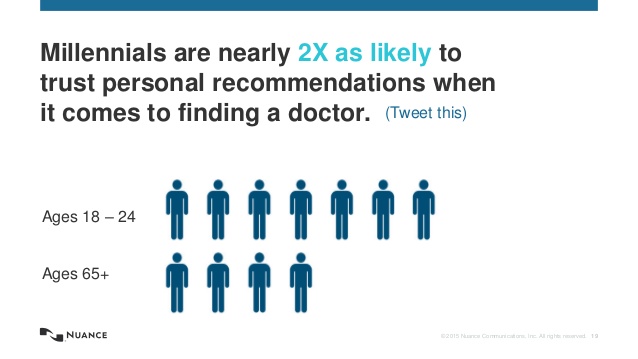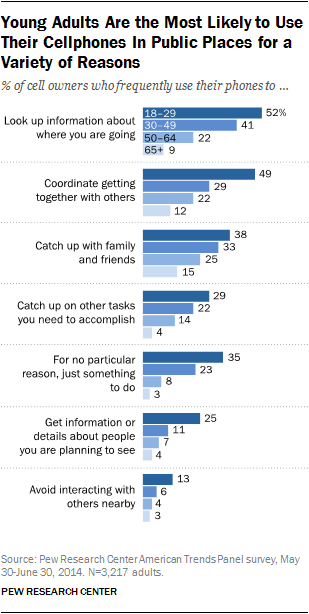“By all these lovely tokens September days are here, With summer’s best of weather And autumn’s best of cheer.”
– Helen Hunt Jackson
Our usual Monday round-up of top baby boomer marketing links is a Tuesday round-up, thanks to a long Labor Day weekend filled (we hope) with cheer. The seasons are starting to change, and there’s quite a lot to round-up! Our friends on Twitter and other social platform were frequent sharers and chatterers last week.
1. MOST SHARED: A three-way finish!
– “Sell something and you create a customer today. Help someone and you create a customer for life.” Claire Axelrad took this philosophy from Jay Baer and applied it to non-profit content marketing in a post that resonated with a number of our followers.
‘Content that will be effective is content that is useful. Jay Baer calls this type of content a “Youtility.” Marketing that is about the consumer. Marketing that is so useful, people would pay for it (though, of course, you won’t ask them to).
You see, people don’t want more “content.” But they do want stuff that helps them. That answers their questions. That solves their problems.’
Read more about Why Nonprofit Content Marketing Should Help; Not Sell: http://bit.ly/1UE18CP
– I’m often frustrated by coverage of Millennials and Baby Boomers, because writers seem to love to approach these groups as generational enemies at war. While the reality isn’t a case of us vs. them, of stark differences, there are helpful distinctions. Nuance Communications released a report detailing eight of those distinctions specific to how Millennials shop for healthcare.
One difference reflects the truth that bodies change as we age: Millennials visit doctors fewer times a year than their Boomer parents. (1-2 times/year for those aged 18-34; 3-6 times/year for those 55+.) Other differences reflect the environment in which these young adults have been raised. They are more likely to look online for health information BEFORE consulting with a doctor, and are more likely to share their healthcare opinions and experiences.
Data like this is helpful for those who want to change their picture of healthcare shoppers, and hopefully aim to satisfy both of these powerful generational cohorts.
Read all 8 Recent Trends on How Millennials Shop for Healthcare: http://bit.ly/1ERc1zm
– What do you picture when you hear the word “caregiver”? Is it a 50-something woman? A female nurse? The head of the United Kingdom’s Care England, reportedly the largest representative body for independent care providers in England, says we must change the idea that care roles are for women only.
Professor Martin Green notes that many men prefer to receive personal care from another man, and this will remain true as they age. Yet 84% of carers in England are women.
“This is about every arm of government working to change the perception that care roles are just for women. More importantly, it’s about every citizen examining their own pre-conceived notions of who delivers care.”
Read the full article on why More male care workers needed, says providers’ chief: http://bbc.in/1g769pN
Do we have the same need to change perceptions in the United States? To change the picture of “caregiver”? Share your thoughts in the comments section, below.
2. MOST CLICKED: “… with support from the talented marketing staff at Creating Results …” Last week wrapped up with some sweet talk from the National Association of Home Builders’ 50+ Housing Magazine about an award-winning campaign which generated sweet results for our client, Traditions of America. We blushed all weekend long.
The article, Winning with Direct Mail, looks at three campaigns from their 2015 Best of 50+ Housing Awards competition. Some lovely inspiration for 50+ housing or senior living communities and their baby boomer marketing!
Click here to see all three winners: http://bit.ly/1VL0d61
3. Also of note: The digital age has brought with it new ideas and challenges for etiquette in digital age. There are differences among generations, the Pew Research Center has found. For example, while young adults will use their cellphones during a social gathering (typically with the intent to make it MORE social, by sharing pics or information), older adults are likely not to do so.
More data: http://pewrsr.ch/1UyrxYd
By these lovely tokens our Monday round-up is done … Please share your thoughts below and we’ll all cheer!




